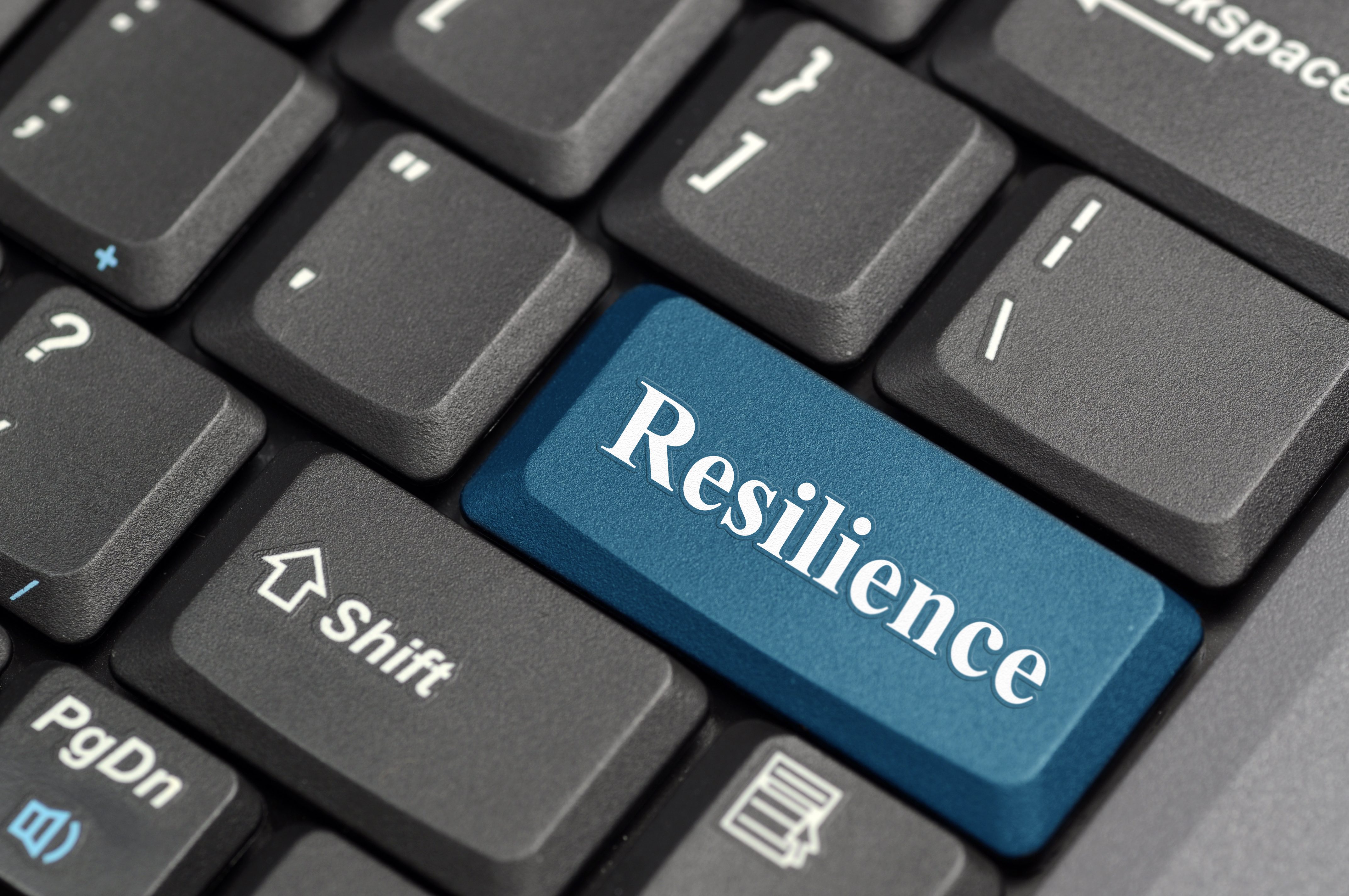Resilience is a leadership cornerstone as the modern workplace becomes more volatile.
As author Rosabeth Moss Kanter puts it: “When surprises are the new normal, resilience is the new skill.”
Leadership academic Will Sparks defines resilience as “the ability to respond effectively to disruptive events”.
He’s inspired by philosopher, psychoanalyst and Holocaust survivor Viktor Frankl, who said that “choosing our response – our attitude – to any situation is the only true freedom we possess.”.
Here are some ploys experts offer to help foster resilience.
COUNT TO TEN
“Many people know the expression: ‘Just count to 10 before you respond’,” writes consultant Adrian Lock. “That’s what gaining in-the-moment perspective is all about. It gives our brain the chance to think rationally with what Dialectical Behavioural Therapists (DBT) call ‘wise mind’ rather than ‘emotional mind’.”
Such pauses can help us remember how we coped before in a stressful situation.
WRITE YOUR 90TH BIRTHDAY SPEECH
Lock offers a specific exercise to help us gain the perspective necessary for resilience. “I invite participants to write and deliver the speeches that they would like to be given in their honour by friends, colleagues and family on their 90th birthday. What would they want them to say about the person they have known and what you have achieved by that stage of your life?”
Like writing a personal mission statement, this focuses the mind on what really matters, crucial when assessing short-term obstacles.
ASK QUESTIONS LIKE A KID
Madelyn Blair, Ph.D., of Columbia University, says posing questions like her insistent grandson – without fear or shame – is the most effective way to increase resilience because it exposes us to new information, which helps us find new solutions.
“Sadly, many of us (leaders especially) have been culturally conditioned to confuse curiosity with ignorance, and ignorance with stupidity. We have also been conditioned to think that power and authority are dependent on “rightness” and having all the answers.
“Without risking ignorance to gain fresh knowledge, which we get from posing curious questions, we condemn ourselves to coming to the same conclusions over and over again.”
PLAN TO BE HEALTHY
Everyone copes better if they walk 10,000 steps per day and have three or four hours of proper exercise a week. Every mind comes up with better ideas if it is better rested – incorporate impactful breaks in the work day. And every worker might benefit from Rebecca Baron’s suggestions: spend the first 90 minutes of each day on the most important task; set two or three priorities at the end of one day for the next; keep a to-do list.
THREE GOOD THINGS
UC Berkeley’s Greater Good Science Centreinsists that concentrating on positives builds resilience.
“Each day for at least one week, write down three things that went well for you that day, and provide an explanation for why they went well.”
The rationale is that in our day-to day lives, we get caught up in negatives and can take the good things for granted.
“As a result, we often overlook everyday beauty and goodness… (and) we frequently miss opportunities for happiness and connection.
This ‘three good things’ practice tunes into sources of goodness in your life.
“It’s a habit that can change the emotional tone of your life, replacing feelings of disappointment or entitlement with those of gratitude…”
We should be grateful even for adversity.
As Amy Modglin points out: “Adverse times are a great teacher. If you carefully evaluate every mistake, every failure, every obstacle, you will uncover a lesson that will be important for you to learn from to become a more resilient leader.”










